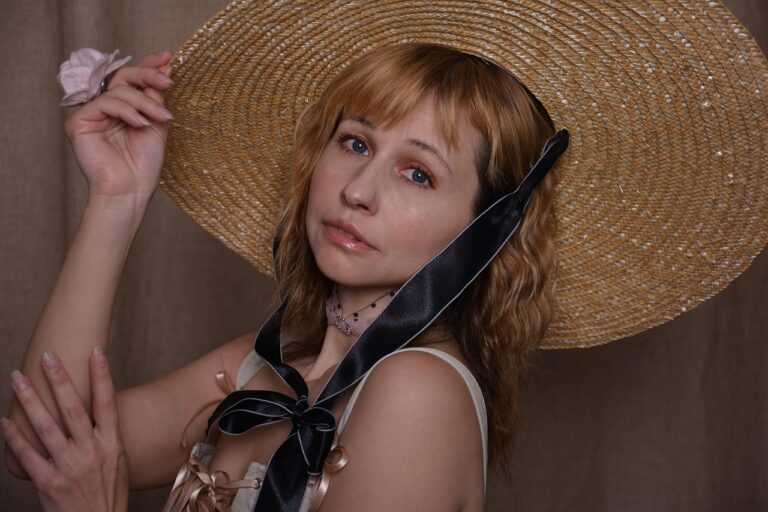Fashion and Social Justice: Advocating for Diversity and Inclusion in the Fashion Industry
The underrepresentation of diverse voices in the fashion industry is a longstanding issue that continues to persist. Many marginalized communities, including people of color, individuals with disabilities, and members of the LGBTQ+ community, are often left out of mainstream fashion narratives. This lack of diversity not only limits the variety of perspectives and experiences reflected in fashion but also perpetuates harmful stereotypes and exclusivity within the industry.
From runway shows to advertising campaigns, the lack of representation in the fashion industry is seen across various platforms. Models, designers, and stylists from marginalized backgrounds frequently face hurdles in breaking into the industry and obtaining equal opportunities for success. The absence of diverse voices not only diminishes the richness and inclusivity of fashion but also overlooks the vast talent and creativity that exists within these communities.
The Importance of Representation in Fashion
Representation in the fashion industry is crucial for creating a more inclusive and diverse environment. When individuals from different backgrounds see themselves reflected in campaigns, runway shows, and editorials, it not only validates their identity but also sends a powerful message of acceptance to the world. In a society that is composed of people from various cultures, ethnicities, and body types, it is essential for the fashion industry to embrace this diversity and showcase it authentically.
Moreover, representation in fashion plays a significant role in challenging and breaking down stereotypes. By showcasing a wide range of perspectives and voices within the industry, it helps to debunk narrow-minded perceptions and promotes a more inclusive and accepting society. Through diverse representation, fashion has the power to celebrate individuality and empower marginalized communities to feel seen, heard, and valued.
• Representation in fashion creates a more inclusive and diverse environment
• Seeing oneself reflected in campaigns, runway shows, and editorials validates identity
• Sends a powerful message of acceptance to the world
• Helps challenge and break down stereotypes within society
• Showcasing a wide range of perspectives promotes inclusivity
• Celebrates individuality and empowers marginalized communities
Challenges Faced by Marginalized Communities in the Fashion Industry
Marginalized communities in the fashion industry often struggle to make their voices heard and their talents recognized. From limited opportunities for career growth to systematic barriers preventing access to resources, the challenges faced by these individuals are numerous and deeply entrenched. In a field dominated by a narrow standard of beauty and privilege, marginalized designers, models, and creatives frequently find themselves overlooked and undervalued.
The lack of diversity in leadership positions within fashion brands further exacerbates the obstacles faced by marginalized communities. Without representation at decision-making levels, these individuals are often left without a seat at the table when it comes to shaping the industry’s direction and ethos. As a result, their perspectives and contributions are not only ignored but actively marginalized, perpetuating a cycle of exclusion that is difficult to break.
Why is the lack of diversity in the fashion industry a pressing issue?
The lack of diversity in the fashion industry perpetuates stereotypes, limits opportunities for marginalized communities, and fails to accurately represent the diverse world we live in.
How does representation in fashion impact marginalized communities?
Representation in fashion can empower marginalized communities by providing visibility, challenging stereotypes, and creating more inclusive and diverse spaces within the industry.
What are some of the challenges faced by marginalized communities in the fashion industry?
Some of the challenges faced by marginalized communities in the fashion industry include limited access to opportunities, discrimination, lack of representation, and cultural appropriation.
How can the fashion industry work towards greater inclusivity and diversity?
The fashion industry can work towards greater inclusivity and diversity by actively seeking out and supporting marginalized designers, models, and creatives, implementing policies that promote diversity and inclusion, and listening to the voices of marginalized communities.





